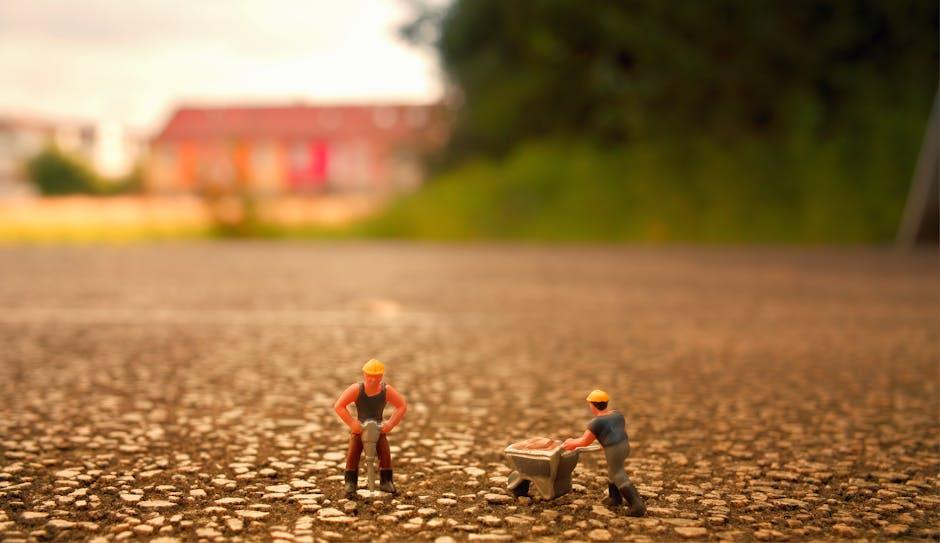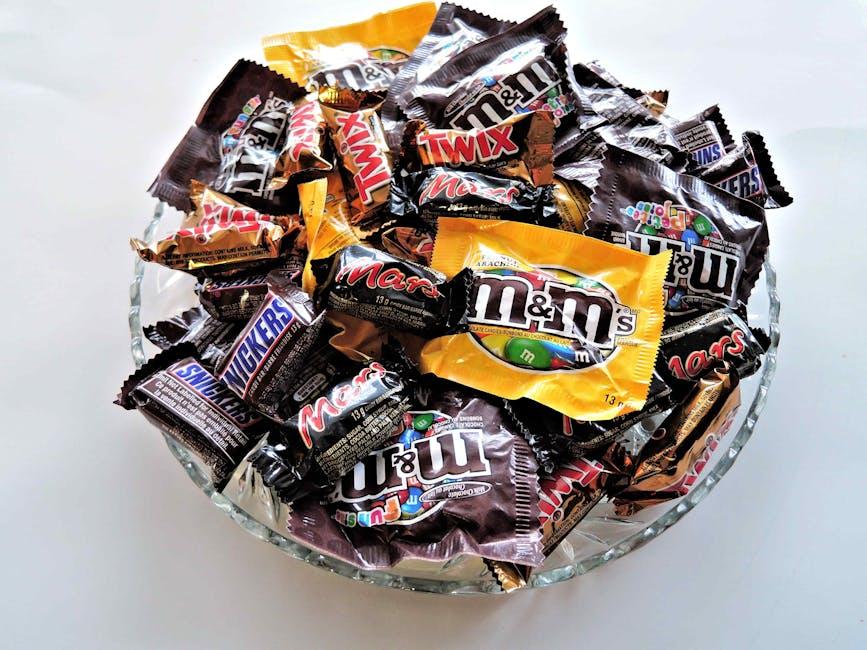In the age of digital wizardry, where pixels often reign supreme, the timeless art of miniatures continues to cast its spell on the silver screen. These meticulously crafted models, often no larger than a coffee table, have the power to transport audiences into vast, imagined worlds. From towering cityscapes to intricate spacecraft, miniatures offer a tangible depth and authenticity that CGI sometimes struggles to replicate. In this exploration, we delve into the fascinating role miniatures play in modern filmmaking, revealing how these small-scale wonders contribute to creating breathtaking visual effects that captivate audiences worldwide.
Crafting Worlds in Miniature: The Art Behind the Illusion
In the realm of modern filmmaking, miniatures play a pivotal role in crafting breathtaking visual effects that blur the lines between reality and imagination. These meticulously crafted models serve as tangible canvases where scale and detail converge to create lifelike scenes that are both convincing and enchanting. From towering cityscapes to intricate landscapes, the artistry involved in building these small-scale wonders is nothing short of extraordinary.
Filmmakers often turn to miniatures for their unique ability to capture authentic textures and natural lighting that CGI sometimes struggles to replicate. This art form demands a keen eye for detail and a deep understanding of perspective. Key elements include:
- Precision Craftsmanship: Every miniature requires expert artisanship to ensure each component is perfectly scaled and proportioned.
- Innovative Materials: From foam and plastic to organic materials, a variety of substances are used to achieve the desired effect.
- Realistic Texturing: Artists employ techniques like airbrushing and hand-painting to mimic the wear and weathering of real-world structures.
- Seamless Integration: Miniatures are often combined with digital effects to enhance their impact, creating a seamless visual narrative.
This fusion of tangible artistry and digital wizardry not only enriches the storytelling process but also ensures that the magic of cinema remains as captivating as ever.

From Tabletop to Screen: Techniques for Seamless Integration
In the ever-evolving world of cinema, the art of blending miniatures with digital effects has become a sophisticated craft. Filmmakers employ various techniques to ensure these small-scale models seamlessly transition from tabletop to screen. One of the key methods involves using high-resolution cameras to capture every intricate detail of the miniature, which is then integrated with CGI to enhance realism.
- Lighting Techniques: Proper lighting is crucial. Directors often mimic the natural light conditions of the film’s setting to ensure continuity.
- Motion Control: This involves using precise camera movements to synchronize miniature footage with live-action shots.
- Texture Mapping: By applying realistic textures to miniatures, filmmakers create an authentic look that blends seamlessly with digital environments.
These techniques are supported by advanced post-production software, which allows for the meticulous layering of images. By combining the tangible detail of miniatures with digital enhancements, filmmakers craft visually stunning scenes that captivate audiences, proving that the fusion of old and new technologies can yield extraordinary results.

The Magic of Scale: Enhancing Realism with Miniatures
In the world of cinema, miniatures hold a unique place in the creation of visually stunning and realistic effects. These small-scale models are crafted with meticulous detail to mirror their full-sized counterparts, bringing an authenticity that often surpasses digital effects. Directors and visual effects teams employ miniatures to capture intricate scenes, from sprawling landscapes to intricate architectural details, where CGI might fall short.
- Depth and Texture: Miniatures provide a tangible depth that can be challenging to replicate digitally. The physical textures and shadows interact with light in a way that enhances realism.
- Cost-Effective Solutions: Creating large-scale sets can be exorbitantly expensive. Miniatures offer a budget-friendly alternative without sacrificing visual impact.
- Time Efficiency: Setting up and filming with miniatures can be faster than rendering complex CGI, allowing for quicker turnaround times in production.
By blending these crafted models with digital effects, filmmakers achieve a seamless integration that captivates audiences, reminding us of the enduring magic of practical effects in storytelling.

Expert Tips for Incorporating Miniatures in Modern Filmmaking
Bringing miniatures into the realm of modern filmmaking requires a blend of artistry and technical prowess. Here are some expert tips to enhance your visual storytelling:
- Scale Matters: Pay attention to the scale of your miniatures. Ensure they are proportionate to the real-world elements they interact with, creating a seamless visual experience.
- Lighting Techniques: Mimic natural lighting by using soft diffusers and strategic light placement. This adds realism and depth to your miniature scenes.
- Camera Angles: Experiment with low-angle shots and close-ups to emphasize the grandeur and intricacy of your miniatures. This perspective can make them appear larger than life.
- Post-Production Magic: Enhance the final look with digital effects, but keep the integrity of the miniature’s texture and detail. Subtle tweaks can elevate the illusion without overshadowing the craftsmanship.
By integrating these techniques, filmmakers can harness the charm of miniatures while delivering visually compelling narratives that resonate with audiences.

